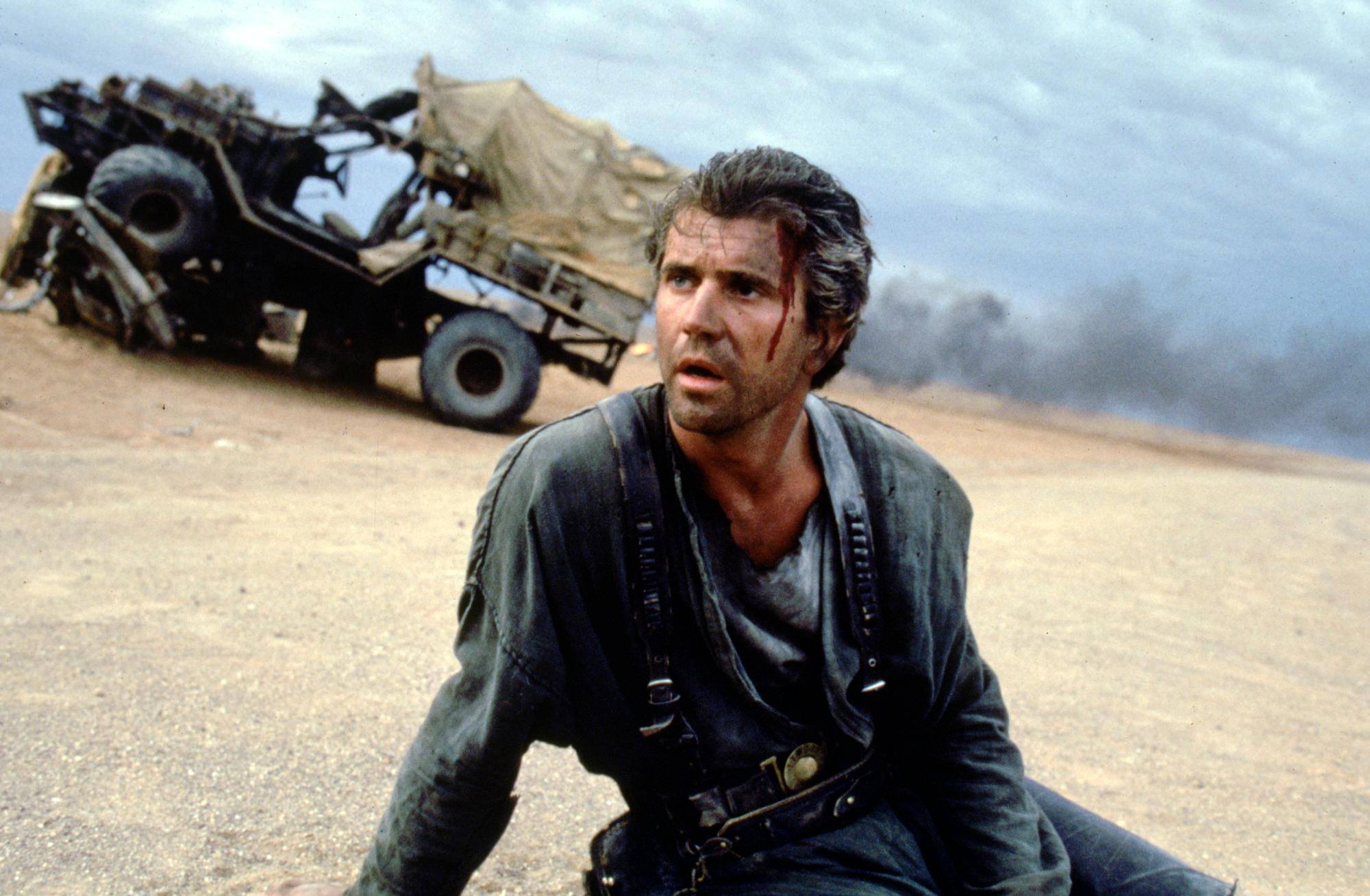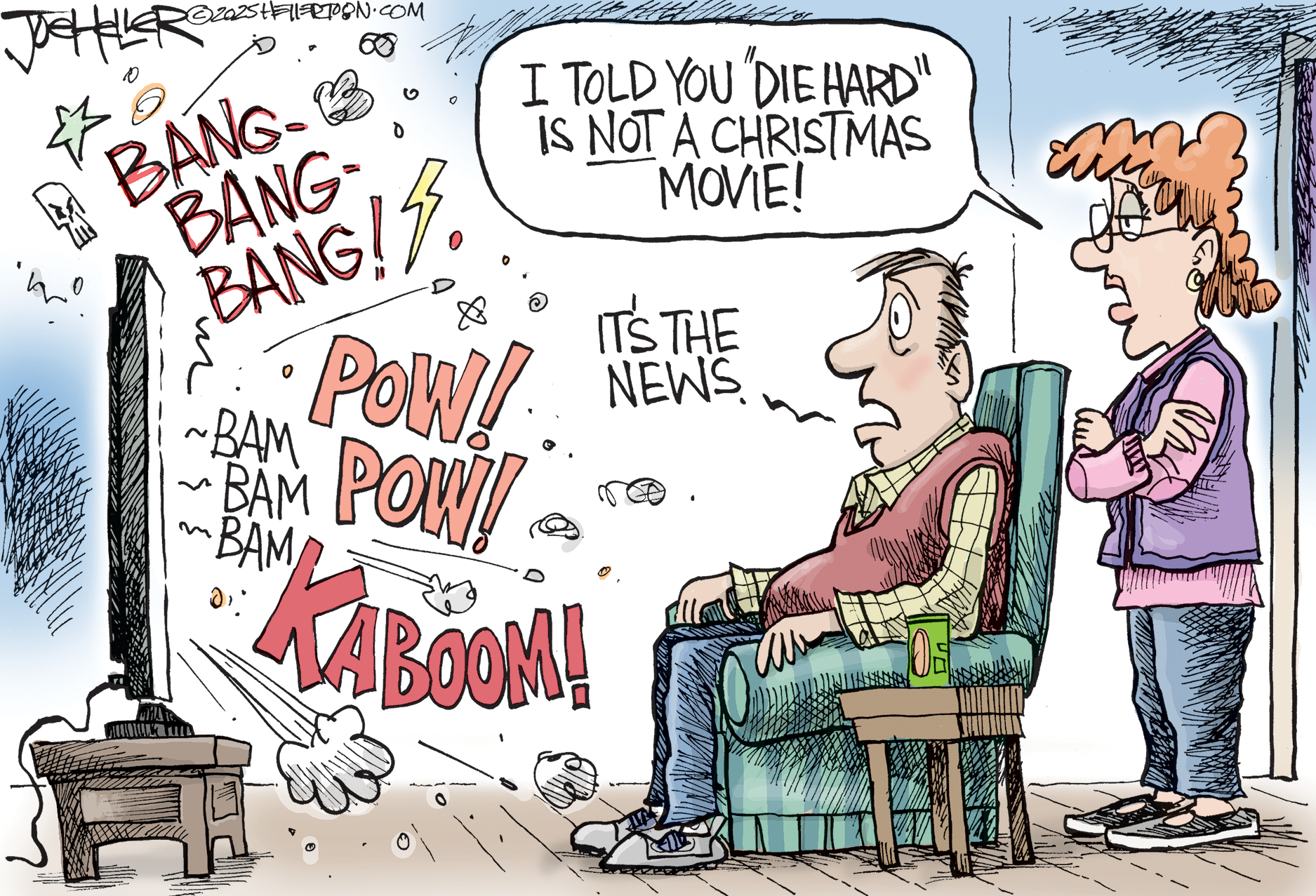Apocalypse then: The forgotten history of 1980s nuclear panic movies
Movies like The Day After and Miracle Mile offer a glimpse at a time when the threat of nuclear war seemed very real

It's been more than 30 years, but I still remember the day after ABC aired The Day After in November of 1983. As a friend's mom drove us both to school, we reminisced about the film's nightmarish vision of a world ravaged by nuclear war. "There was blood in the toilet bowl," my friend shivered. Over the years, the image stayed with me as well — an emblem of a decade spent living with the specter of mutually assured destruction.
Of course, here we are in 2015, in a world that isn't a totally irradiated nuclear wasteland. Today, those fears have largely subsided — but anyone who wants a glimpse of what it was like to live in fear of the bomb can look back at the rash of nuclear war–themed movies that were pumped out by Hollywood throughout the 1980s.
Take 1988's Miracle Mile, which successfully captured the late '80s paranoia over nuclear annihilation. As the film begins, Harry (Anthony Edwards) stands outside a diner, waiting for the girl of his dreams. Suddenly a pay phone rings; when he answers, the hysterical caller on the other end warns that the United States has launched its stockpile of nukes at the Soviet Union, and that all-out nuclear war will break out in less than 50 minutes.
The Week
Escape your echo chamber. Get the facts behind the news, plus analysis from multiple perspectives.

Sign up for The Week's Free Newsletters
From our morning news briefing to a weekly Good News Newsletter, get the best of The Week delivered directly to your inbox.
From our morning news briefing to a weekly Good News Newsletter, get the best of The Week delivered directly to your inbox.
Harry can't keep this strange encounter to himself. As word spreads from the diner to the outside world, the panic over the phone call "goes viral." (Of course, that term meant something slightly different at the time.) By the end of the film, Harry stands atop a delivery van, surveying crashed cars, rioting citizens, and the general mayhem that would presage a possible nuclear apocalypse.
Even the relatively goofy post-apocalyptic thrillers of the '80s hinged on the devastation of nuclear war. In 1979, Mad Max roamed a desert wasteland in a world destroyed by nukes. The popularity of his adventures, which continued in 1981's The Road Warrior, gave rise to a cottage industry of rip-off films such as 1983's Warriors of the Wasteland and 1987's Steel Dawn, which offered their own takes on the post-nuclear end of the world. Sometimes, the fear of nuclear war was enough; 1983's WarGames offered a cautionary tale of both hacking and computerized weapons systems in which David Lightman (Matthew Broderick), a high school kid, inadvertently brings the world to the brink of World War III after spending a little time on a computer.
At the same time, there were more meditative, serious, and almost universally depressing stories that took nuclear war a little more seriously. 1983's Testament, which features a young Kevin Costner, follows a family dealing with the fallout from nuclear explosions across the country. The Day After, which so terrified me as a child, was enough to frighten even President Reagan. "It's very effective and left me greatly depressed," he wrote in his diary at the time. "My own reaction was one of our having to do all we can to have a deterrent and to see there is never a nuclear war."
These '80s nuclear panic films relied on a unique dramatic engine: the threat of annihilation. In the average movie, we learn to empathize, and care about, the fates of the characters. But the stakes here are higher. We aren't concerned only with the character's lives; we're concerned, by extension, with our own.
A free daily email with the biggest news stories of the day – and the best features from TheWeek.com
Today, it's almost surreal to think that these scenarios were eminently possible. Experts, politicians, and civilians lived with the expectation that the end of the world might be the next morning away. The four main television networks broadcast emergency test signals not for weather emergencies, but for the advent of a nuclear war. You could walk down the street of any sizable town and see the foreboding yellow and black symbol marking a designated fallout shelter. Today, those signs are ghost images of fears that have long since gone away.
Fortunately, the films remain, a reminder of a bygone era — though it's getting harder to find them. Some might still exist on actual celluloid, but the vast majority languish on another fading relic from the '80s: video cassettes. You rarely see these films on cable anymore, because the resonance they had during the Cold War is gone, and it's hard for anyone who didn't grow up with them to relate.
In the 1980s, audiences leaving a theater playing the latest nuclear panic flick might have been forgiven for looking up and thinking they had spotted the hallucinatory contrail of an incoming Soviet ICBM streaking through the clouds. Today, leaving that same theater, you don't look around for zombies or meteors — the modern equivalent of the post-apocalyptic bogeyman (though infinitely less grounded in real, practical fears).
Today, the specter of apocalypse is neither immediate nor simple. The creeping doom of climate change comes upon us quietly. The threat of an actual nuclear attack mostly comes from non-state actors. And barring the occasional Day After Tomorrow or Red Dawn remake, Hollywood seems to deem those threats a lot less cinematic than a mushroom cloud.
-
 The small Caribbean island courting crypto billions
The small Caribbean island courting crypto billionsUnder the Radar Crypto mogul Olivier Janssens plans to create a libertarian utopia on Nevis
-
 Political cartoons for December 21
Political cartoons for December 21Cartoons Sunday’s political cartoons include Christmas movies, AI sermons, and more
-
 A luxury walking tour in Western Australia
A luxury walking tour in Western AustraliaThe Week Recommends Walk through an ‘ancient forest’ and listen to the ‘gentle hushing’ of the upper canopy